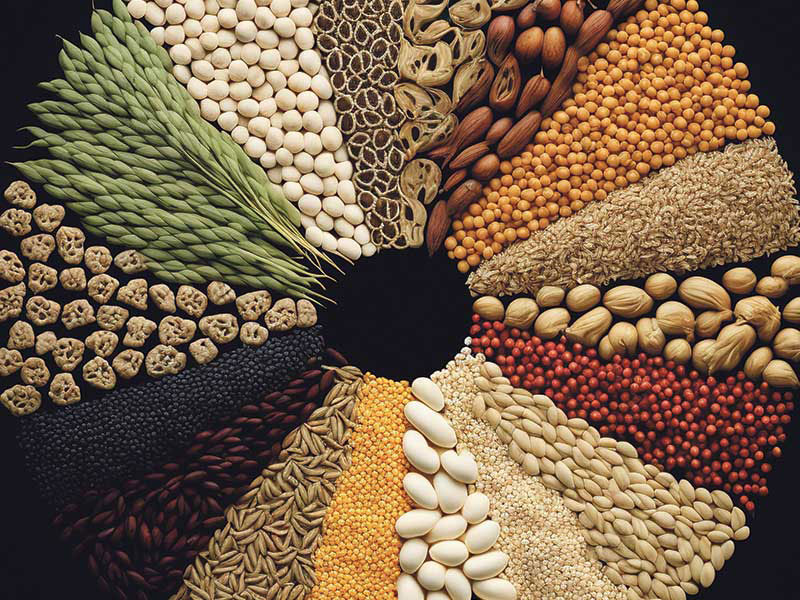
This article appears in the March 2023 issue of Investment Executive. Subscribe to the print edition, read the digital edition or read the articles online.
Farm tractors, fertilizers, grain bins and processed foods will never be the glamour products of the 21st-century economy — or the stuff of flashy marketing campaigns for investment fund manufacturers.
That helps explain why there are only two Canadian-listed ETFs devoted exclusively to agricultural equities. And one of them — the BMO Global Agriculture ETF — is less than two months old. It joins the $480-million iShares Global Agriculture Index ETF, which has been offered since December 2007.
Perhaps developers of thematic ETFs should take a closer look at their drawing boards. Agricultural companies produce and distribute the world’s most essential commodity: food. The trend for food prices and food profits is upward, and demand for food is expected to grow over time.
As an equities strategy based on real assets, agriculture provides differentiated returns that can do well in a high-inflation, high interest-rate environment, said Mirza Shakir, associate analyst with the ETF team at Toronto-based BMO Global Asset Management.
“If you look at broad markets, one risk that was leading to higher volatility and drawdowns was inflation,” Shakir said. “In 2022, agriculture would have benefited from the same risks that broad markets did not do well in.”
That held true for the iShares ETF, which returned 12.5% last year while broad global market indexes sustained double-digit losses. The 2022 result closely mirrors the ETF’s 12.7% average annual return for the 10 years ended Jan. 31.
Also with a long-term record is the actively managed Middlefield Global Agriculture Class, the only mutual fund of its kind. The return for the series F version of the $14-million fund was 7.6% for the 10 years ended Jan. 31, and its reported management expense ratio (MER) is 1.47%.
BMO estimates the MER of its actively managed ETF will be 0.4%, which would undercut the 0.71% charged by the index-tracking iShares fund.
The iShares portfolio of 36 names is based on the Manulife Asset Management Global Agriculture Index. The portfolio draws on several industry sectors, including industrials, materials and consumer staples, selecting companies that derive a substantial portion of their revenue from agriculture.
Instead of weighting by market capitalization, the index employs a bottom-up, multifactor selection process. It favours companies that are likely to achieve relatively consistent returns and lower volatility.
“The weighting scheme is driven by effectively what you could call an ‘alpha score,’ or an expected performance,” said Steven Leong, head of iShares product with Toronto-based BlackRock Asset Management Canada Ltd.
Unlike consumer-staples ETFs, neither the BMO nor the iShares ETFs holds companies that are mainly grocery retailers. An example of a top holding in both ETFs is Chicago-based Archer-Daniels-Midland Co., which has multinational operations in food processing, transportation and distribution. ADM reported sharply higher 2022 earnings and in January announced a dividend increase of 12.5%.
The BMO ETF’s portfolio is somewhat more concentrated, holding 30 names selected from a universe of liquid, large-cap companies listed in North America but that may be global in scope. The portfolio is market cap-weighted, subject to a limit of 8% in any one stock.
The BMO managers apply a quality screen, “which is essentially a profitability screen,” Shakir said. “We then select the 30 most profitable, most relevant companies to our theme of agriculture, mostly toward the production side of the food supply chain.”
According to a BMO analysis authored by Shakir, geopolitical conflicts, climate and energy price shocks could contribute to future food-price inflation, while companies involved in the supply chain often are able to pass on increased input costs to retail consumers.
On the demand side, “continued growth in the world population, along with an emerging middle class in populous nations, bode well for the long-term demand for food,” Shakir wrote. He noted that the Food and Agriculture Organization of the United Nations estimates the world will need to increase food production by 70% by the year 2050.
Since agriculture-themed strategies are commodity-related, they’re vulnerable to natural disasters, animal disease outbreaks, tariffs or other trade restraints, and man-made calamities such as Russia’s invasion of Ukraine. “If you look at the historic volatility of [the iShares] ETF, it does behave more like a sector ETF than a broad market-cap ETF,” Leong said.
Looking at data for the past three years, Leong said the ETF’s annualized volatility of returns was just under 25%, slightly higher than that of the S&P/TSX composite index over the same period. But the iShares agriculture ETF, which encompasses several subindustries, was less than half as volatile as the iShares S&P/TSX Capped Energy Index ETF.
In terms of investor appeal, food is a well understood, tangible product, and consumers can relate to the impact of food-price inflation on agricultural industries and funds that invest in them.
“This is definitely something where I think the thesis is much easier to grasp for a typical investor,” Leong said. “But it is still important to recognize that it is a concentrated portfolio. Prices can go up and down.”
Though the BMO ETF is too new to measure its volatility, the BMO team is hopeful that profitability criteria will positively affect performance.
“The higher-quality companies tend to be a lot more stable, just in terms of volatility,” said Alfred Lee, director, portfolio manager and investment strategist, BMO ETFs, with BMO Global Asset Management. “They do tend to skew toward companies that have more stable earnings, for example. They tend to be less volatile because of that.”